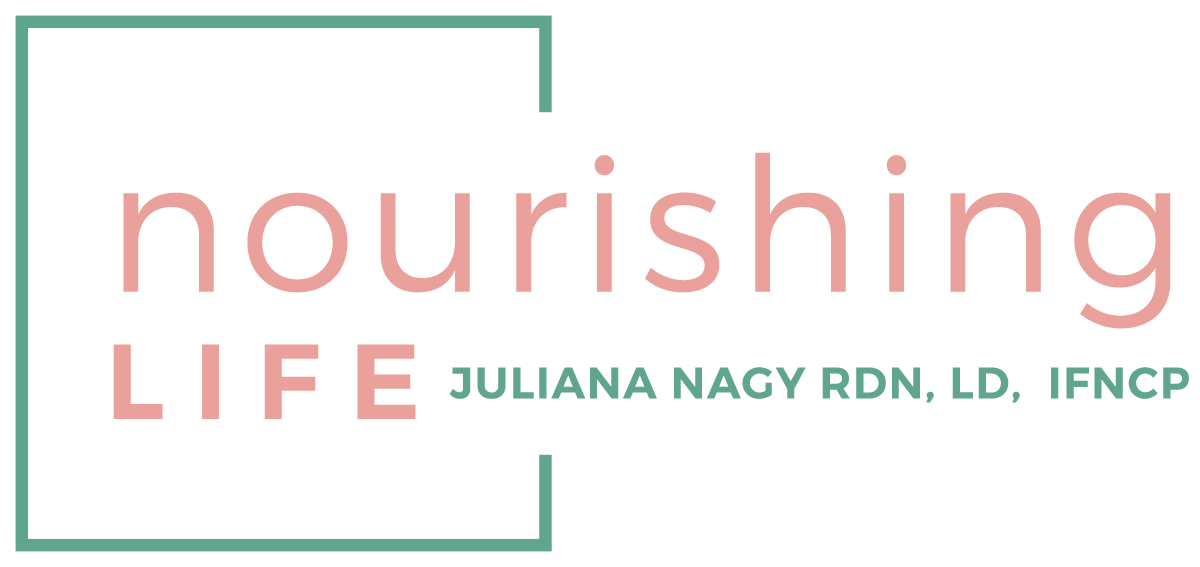The USDA National Organic Program (NOP) defines organic as follows:
Organic food is produced by farmers who emphasize the use of renewable resources and the conservation of soil and water to enhance environmental quality for future generations. Organic meat, poultry, eggs, and dairy products come from animals that are given no antibiotics or growth hormones. Organic food is produced without using most conventional pesticides; fertilizers made with synthetic ingredients or sewage sludge; bioengineering; or ionizing radiation. Before a product can be labeled "organic," a Government-approved certifier inspects the farm where the food is grown to make sure the farmer is following all the rules necessary to meet USDA organic standards. Companies that handle or process organic food before it gets to your local supermarket or restaurant must be certified, too.
There are four categories of labels relating to the product being “organic”:
“100% Organic” means the product contains all organic ingredients, with the exception of salt and water as these are not certifiable. These products cannot be affected by the “big three”: irradiated, contains genetically engineered organisms (GEO’s), or grown with sewage sludge fertilizer.
If the label only says, “Organic,” 95% of the ingredients in the product are organically grown.
A label that says, “Made with Organic....,” means that 70% of the ingredients within the product are organic. The “big three” rules apply here, for the 70% organic ingredients as well as the 30% non-organic. The supplier may list up to 3 ingredients that are organic on the front of the label.
Labels that list organic ingredients on the side panel of the package contain less than 70% organic ingredients. There can be no organic claims on the front of the label. The “big three” are allowed to be in the non-organic ingredients.

